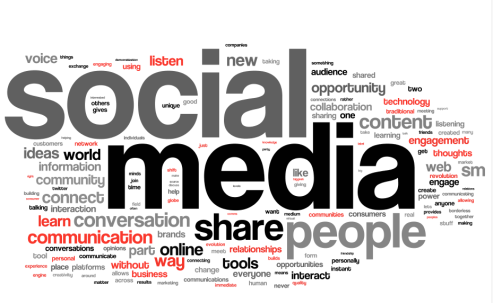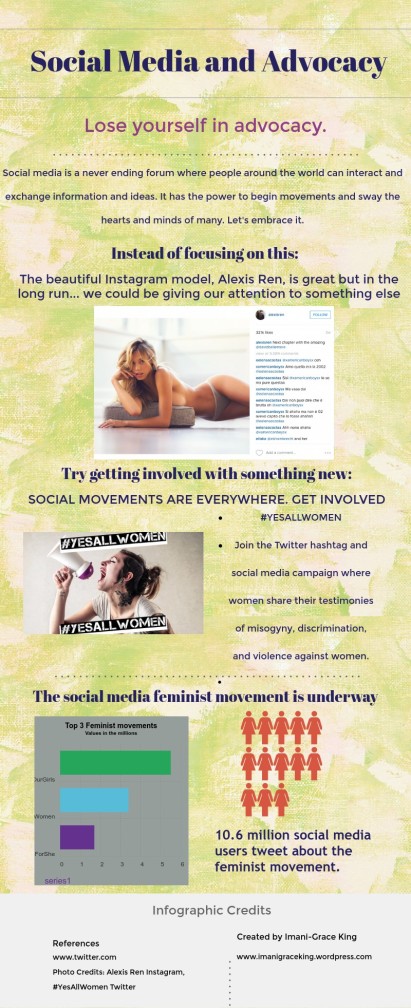Ethical Reporting “He who receives an idea from me, receives instruction from himself without lessening mine; as he who lights his taper at mine, receives light without darkening me” –Thomas Jefferson

Brian Carroll’s book, Writing and Editing for Digital Media, explores writing effectively and ethically in digital spaces.
Malpractice in journalism: defamation and libel
Libel has 3 ingredients: the questionable material must be printed or published (written) erroneous or false, and defamatory.
Libel law: reputation has been damaged and that it can be repaired through monetary damages. Carroll, 281)
3 types of defamation
libel per se, occurs with accusations that are obviously defamatory.
Libel by interpretation: concerns something published that is or could be libelous depending upon at least one of a number if competing interpretation.
Libel per quod: concerns something that has been published that becomes defamatory when readers add something commonly known that does not appear in the story.
 Get a copyright
Get a copyright
- Copyright owners have a right to granting, limiting, or prohibiting:
- Reproductions
- Derivative works (like video game version or website, or online encyclopedia)
- Public distribution
- Public performance
- Public display
- Public digital performance of a sound recording
And in case you were wondering what it does not cover:
- Trivial materials
- Ideas (remember, it protects only their expression)
- Utilitarian goods (like a toilet or more specifically, how the toilet works)
- Book or movie titles and names;
- Lists of ingredients’
- Standard calendars and rules;
- Method, systems, procedures, math principles, formulae, equations, and the periodic chart of elements
- Anything that does not offer its origin to the author (non-original works).
Brian Carrol describes in detail the ramifications of libel, the logistics of copyrighting and the basic intellectual property law as it relates to digital content.








Recent Comments